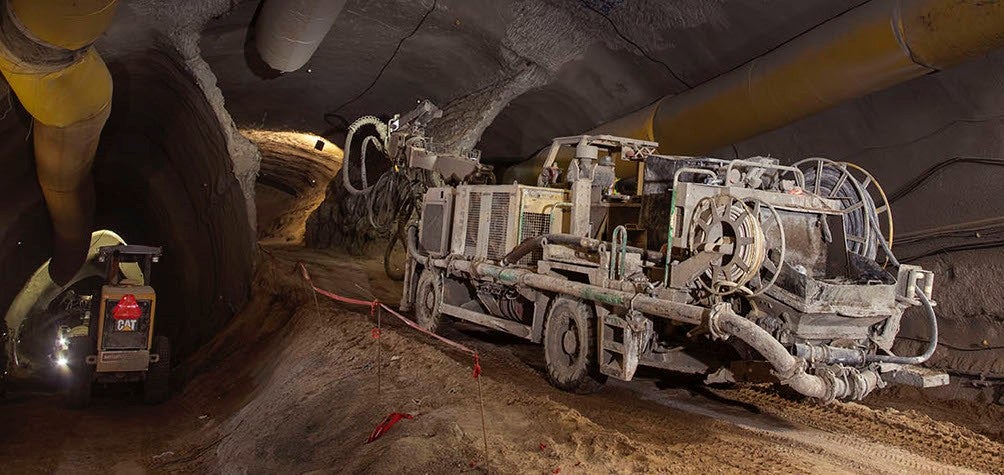An Assessment of the Consequences of Explosions in Confined Spaces
Major accidents such as Buncefield, Texas City and, more recently, at the Amuay refinery in Punto Fijo Venezuela, all of which have resulted in large explosions, have focused attention on assessing the effects of vapour cloud explosions (VCEs) on assets, such as buildings and process equipment, as well as people. Ensuring the safe location and design of occupied buildings is high on the agenda of key stakeholders, particularly since two of the three accidents mentioned above resulted in multiple fatalities.
This paper describes a more detailed implementation of the two most widely used vapour cloud explosion models, namely the TNO Multi Energy (ME) Method and the Baker-Strehlow-Tang (BST) model, in Phast software, the well-known general purpose consequence analysis software package developed by DNV Software. This is in direct response to the aforementioned challenges and the intention is to provide a robust platform by which a more detailed analysis of the VCE threats posed by process plant can be evaluated without recourse to over simplification which can be detrimental to the accuracy of the results obtained from a risk management perspective. The implementation of both models is quite detailed and includes all the key parameters that have a bearing on the magnitude of a vapor cloud explosion. A simple case study of the tool as applied to a hypothetical occupied building siting challenge is presented and the value of using the tool discussed.
Please download this free white paper for more information.
Download to find out more.








